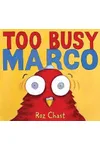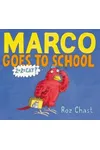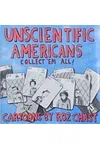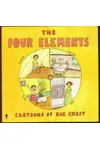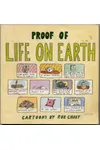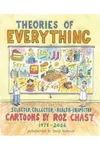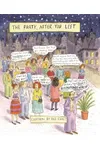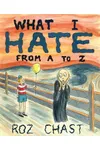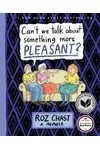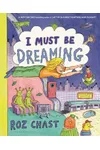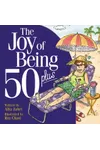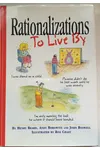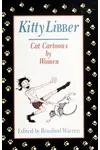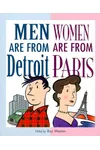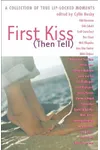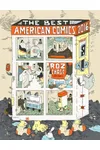Picture a cartoonist whose quirky lines and witty captions capture the hilarious chaos of everyday life—meet Roz Chast! Born in Brooklyn in 1954, Roz Chast has been a beloved voice in The New Yorker since 1978, turning family quirks, urban anxieties, and life’s absurdities into art that’s both laugh-out-loud funny and deeply relatable. Her distinctive style, blending nervous humor with heartfelt insight, has made her a cultural treasure, earning her accolades like the Reuben Award and a #1 New York Times Bestseller spot for her memoir.
With a pen that dances between satire and sincerity, Chast’s work resonates with anyone who’s ever felt overwhelmed by life’s small, strange moments. Let’s dive into her journey, from a Brooklyn childhood to a legacy that’s still making us chuckle.
The Making of Roz Chast
Roz Chast grew up in Brooklyn, New York, in a world of books, art, and her parents’ neuroses—an early muse for her work. Her love for drawing sparked young, fueled by Mad Magazine and Charles Addams’ dark humor. After studying at the Rhode Island School of Design, she began submitting cartoons to The New Yorker, landing her first piece in 1978. That moment marked the start of a career that would redefine humor in cartooning, blending her sharp wit with a knack for spotting the bizarre in the mundane.
Roz Chast’s Unforgettable Works
Chast’s cartoons, often scribbly and bursting with anxious energy, are a hallmark of The New Yorker. Her style—hand-drawn, conversational, and packed with neurotic charm—tackles themes like family dynamics, aging, and urban life. One standout is her 2014 memoir, Can’t We Talk About Something More Pleasant?, a poignant, hilarious graphic novel about caring for aging parents. It won critical acclaim and a National Book Critics Circle Award, showcasing her ability to blend humor with heartbreak.
Other gems include Theories of Everything (2006), a collection of her best cartoons, and What I Hate: From A to Z (2011), a playful rant on life’s irritations. Her children’s book, Too Busy Marco (2010), brings her whimsical style to younger readers. Each work feels like a chat with a witty friend, making the ordinary feel extraordinary through her lens of gentle absurdity.
Chast’s art isn’t just funny—it’s a mirror for our quirks. Her characters, often frazzled and overthinking, remind us to laugh at life’s messiness. Her influence stretches beyond cartooning, inspiring graphic memoirists and humorists to embrace vulnerability with a smirk.
Why Roz Chast Matters
Roz Chast’s impact lies in her ability to make the personal universal. Her cartoons capture the anxieties and joys of modern life, resonating across generations. By turning her lens on family, aging, and the small battles we all face, she’s carved a space for humor that’s both cathartic and connective. Awards like the Harvey Award Hall of Fame induction and the Reuben Award cement her as a trailblazer in cartooning, while her memoir’s success broadened the graphic novel’s reach.
Her work continues to inspire artists to find humor in the everyday, proving that a simple sketch can say something profound. Chast’s legacy is a reminder to embrace life’s weirdness with a laugh.
About Roz Chast
- Born: November 26, 1954, in Brooklyn, New York
- Key Works: Can’t We Talk About Something More Pleasant?, Theories of Everything, What I Hate: From A to Z
- Awards: Reuben Award, National Book Critics Circle Award, Harvey Award Hall of Fame
- Notable: Published over 800 cartoons in The New Yorker since 1978
Snag Can’t We Talk About Something More Pleasant? and dive into Roz Chast’s hilarious, heartfelt world of cartooning!
